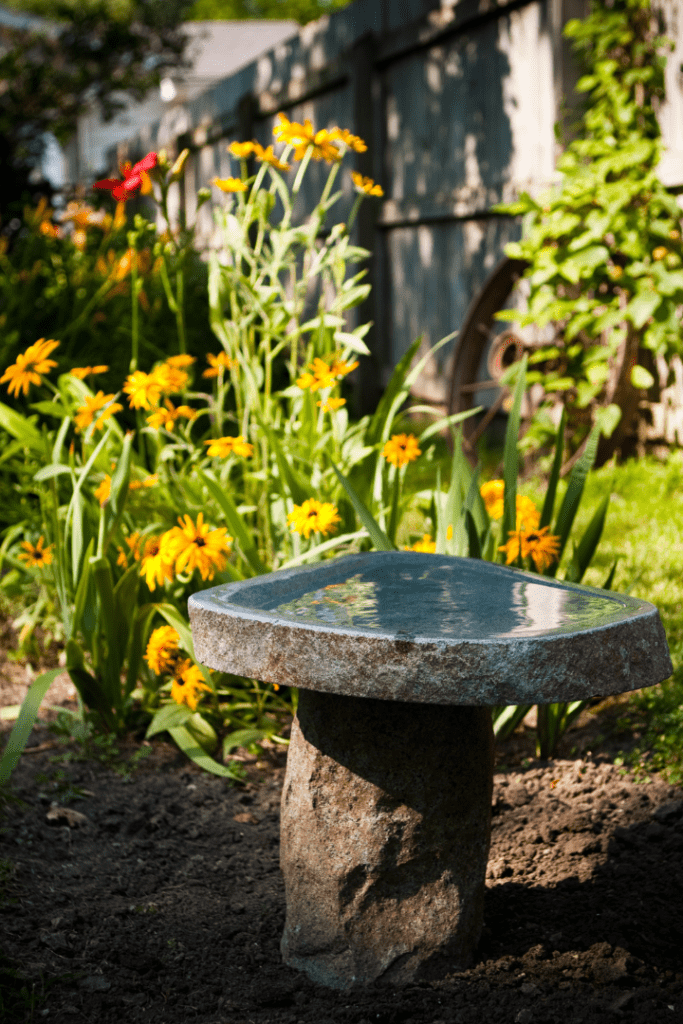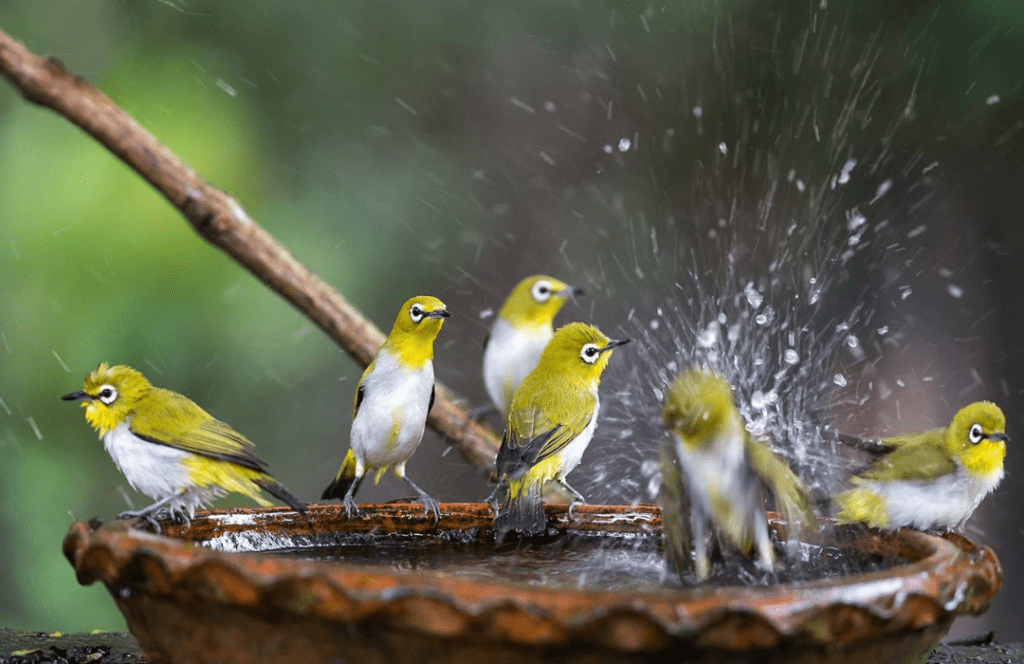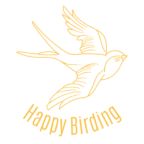As a lover of our feathered friends, you’ve probably experienced the sheer delight of watching a bird splash and preen in your backyard bird bath. But how do you ensure your bird bath becomes the hotspot in the bird community? With these 8 proven strategies, you’ll have a vibrant, chirping hub right outside your window.
A bird bath isn’t just for us humans though. For our feathered friends, it’s a vital resource where they can drink, bathe, and preen. Just like we appreciate a nice hot bath or a cool drink, birds do too. With the tips and advice in this article, you can turn your backyard into a paradise for a variety of birds, and for yourself as well.

The Importance of Bird Baths
Bird baths are more than just ornamental additions to your garden—they serve a crucial role in the survival and well-being of our feathered friends.
Fresh, clean water is essential for birds, just like any other living creature. With urbanization spreading, natural water sources like ponds and streams may be hard to find, particularly during hot summers and freezing winters. Bird baths act as a reliable source of water all year round, allowing birds to drink and bathe without having to travel great distances.
Bathing isn’t just a fun activity for birds—it’s a necessity. Regular bathing helps birds keep their feathers clean, which in turn ensures they can fly effectively. Clean feathers also provide better insulation, keeping birds warm during colder weather.
Furthermore, bird baths have an educational importance for us humans. They offer a fantastic way to observe a wide variety of bird species up close. For children and adults alike, this can spark interest in nature and environmental conservation.
Lastly, a bustling bird bath adds a level of charm and liveliness to any backyard. It’s a win-win—birds get a safe haven, and you get a front-row seat to the wonderful world of birds.
By maintaining a clean, safe bird bath, you’re not only creating an engaging birdwatching spot, but also playing a role in supporting your local bird population. Your efforts can contribute significantly to bird conservation in your area.
8 Things to Help Attract Birds to a Bird Bath!
1. The Right Placement
The location of your bird bath can be the difference between a bustling bird hub and a deserted puddle. It’s important to strike a balance between a spot that’s safe but also interesting for the birds.
Birds prefer a bath that’s near enough to bushes or trees, which provide both a handy vantage point and a quick escape route if needed. Yet, it shouldn’t be so close that a lurking cat could use it as a launchpad for a surprise attack. A bird bath placed in a quiet part of your garden, visible from your window but undisturbed by household commotion, will be the most inviting.
2. The Ideal Bird Bath Design
Choosing a bird bath can be just as exciting as choosing a new piece of furniture for your home. Bird baths come in all shapes and sizes, from simple designs to ornate pieces of art. It’s important, though, to keep in mind what our feathered friends will find attractive.

Birds aren’t fussy about how their bath looks—they care about how it works. A good bird bath will have a rough surface for them to grip on to, ensuring they won’t slip and slide around. Choose a design that’s shallow at the edges and gradually gets deeper. This allows small birds to stay in the shallows, while larger birds can venture further in.
3. Appropriate Depth and Width
Contrary to what you might think, bigger isn’t always better when it comes to bird baths. Birds are generally more attracted to baths that mimic the shallow puddles they find in nature.
Bird baths should be no more than 2-3 inches deep. Smaller birds, such as sparrows and finches, prefer an even shallower depth of just 1-1.5 inches. As for width, a bath between 24-36 inches will accommodate most backyard bird species.
4. Maintaining Cleanliness
A clean bird bath is a busy bird bath. Birds, just like us, appreciate a clean place to wash and drink. Dirty bird baths can harbor diseases, which can spread rapidly within bird communities.
Regularly change the water in your bird bath and scrub it with a stiff brush. You don’t need to use any soap—plain water is enough to remove any droppings or algae. In warmer weather, you might need to do this every day, but your feathered friends will thank you for your efforts.
5. Adding Movements: Drips and Misters
Have you ever seen a bird frolicking in a sprinkler? Birds are naturally attracted to moving water—it signals a fresh and reliable drinking source.
Adding a drip or a mister to your bird bath will create a bewitching spectacle that birds can’t resist. It doesn’t need to be anything fancy—something as simple as a punctured water bottle hung above the bird bath can work wonders.

6. Providing Food Sources Nearby
Birds are always on the hunt for their next meal. By providing a source of food near your bird bath, you’ll increase the odds of birds stopping by for a drink or a dip.
Bird feeders or plants that produce seeds or berries will attract a variety of birds. Sunflower seeds, for instance, are a universal favorite among birds. Be prepared, though—where there are birds feasting, there are likely to be birds bathing too!
7. Planting Bird-Friendly Vegetation Around the Bath
A bird bath surrounded by bird-friendly plants is irresistible to our feathered friends. These plants provide a sanctuary for birds, offering them shelter from the elements and predators.
Native plants are usually the best choice, as they provide the seeds, berries, and insects that local bird species enjoy. Consider plants that offer year-round benefits—berry-producing shrubs for winter food, evergreens for year-round shelter, and flowering plants for summer insects.
8. Ensuring Safety from Predators
Creating a bird-friendly backyard also means keeping our feathered friends safe from harm. Predators, such as cats, can turn your bird bath into a hunting ground if you’re not careful.
You can deter cats by placing your bird bath atop a smooth pole—cats will find it difficult to climb. Spiky plants placed around the base of the bath can also deter these crafty critters.
Your feathered guests should feel safe when they visit your bird bath. By taking these measures, you’ll be providing them a sanctuary where they can bathe and drink in peace.
Frequently Asked Questions
Consider a location that is quiet, safe, and visible from your window. Birds prefer baths near shrubs or trees for a quick escape, but also in a place where predators cannot easily hide.
Birds don’t mind the aesthetic design of the bird bath as long as it’s functional. They prefer bird baths with a rough surface for better grip and a design that’s shallow at the edges, getting gradually deeper.
The bath should be no more than 2-3 inches deep. Smaller birds prefer an even shallower depth of just 1-1.5 inches. A width between 24-36 inches will accommodate most backyard bird species.
You should clean your bird bath regularly to keep it free from dirt, droppings, or algae. In warmer weather, you might need to clean it every day.
Consider adding a drip or a mister to your bird bath. This could be as simple as a punctured water bottle hung above the bird bath.
Bird feeders with sunflower seeds are a universal favorite. However, the choice of bird food can depend on the bird species you aim to attract.
Conclusion
Creating a bird-friendly backyard also means keeping our feathered friends safe from harm. Predators, such as cats, can turn your bird bath into a hunting ground if you’re not careful.
You can deter cats by placing your bird bath atop a smooth pole—cats will find it difficult to climb. Spiky plants placed around the base of the bath can also deter these crafty critters.
Your feathered guests should feel safe when they visit your bird bath. By taking these measures, you’ll be providing them a sanctuary where they can bathe and drink in peace.

James has always been an avid outdoorsman. Since a kid, he kept a journal of all the different birds and species he saw. Now he wants to share his passion with other birders with Happy Birding!
